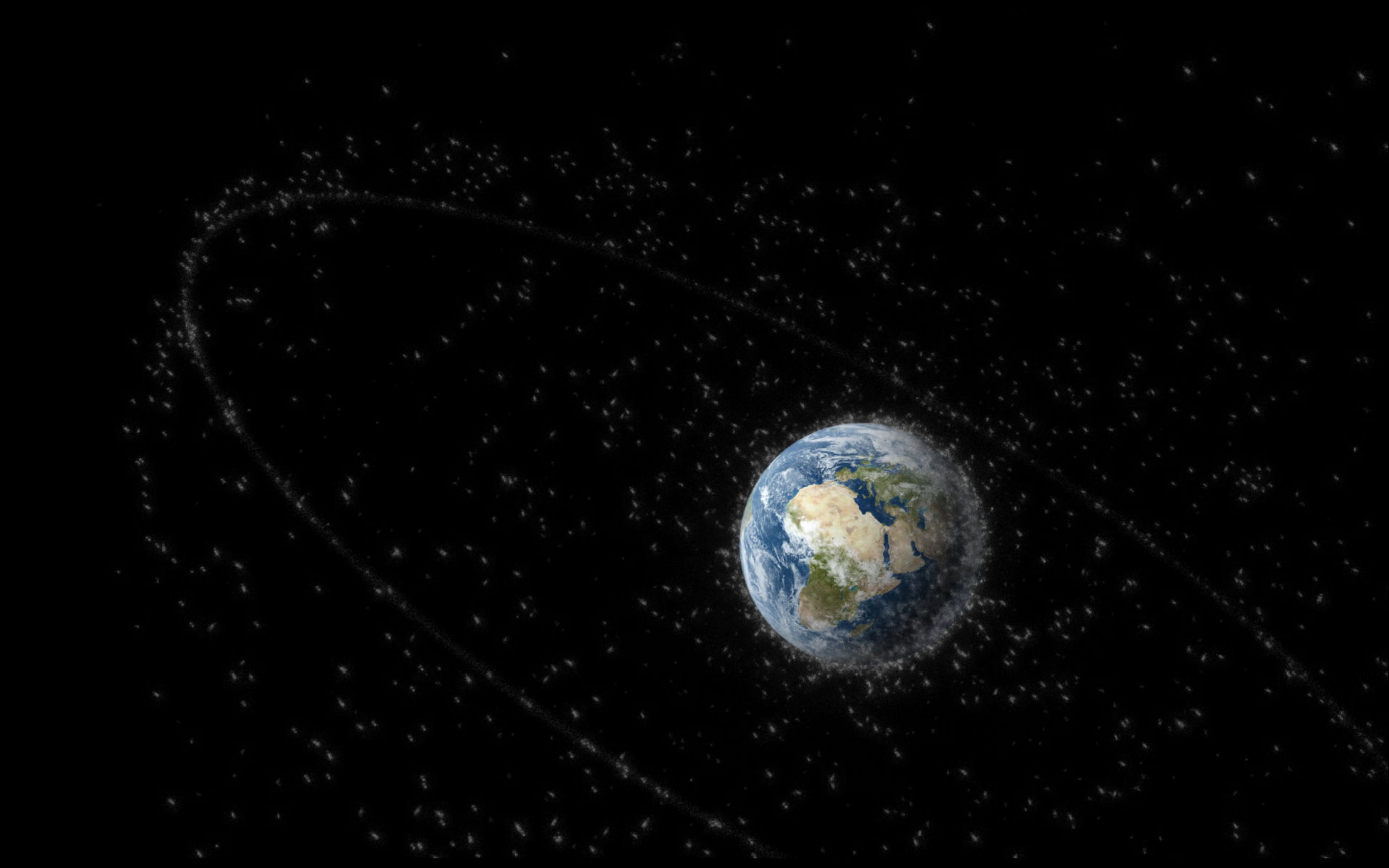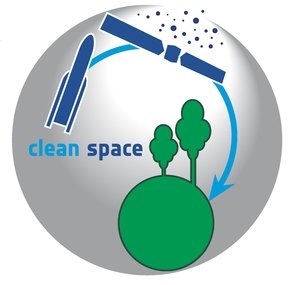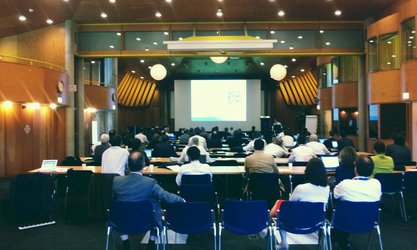ESA planning missions to take out space trash
Half a century of space exploration has created a shroud of junk around Earth. As part of its Clean Space initiative, ESA plans to tackle the problem directly: by designing dedicated removal missions.
Around 5000 space launches since 1957 have led to an orbiting population of more than 22 000 trackable objects larger than a coffee cup. Only about 1100 of these are working satellites – the other 95% are space debris.
More than a hundred European experts from industry, academia and national space agencies gathered at ESOC – ESA’s European Space Operations Centre in Darmstadt, Germany – on 17–18 September to discuss ways to actively remove debris from orbit.
The event took place as part of ESA’s new Clean Space initiative, developing techniques and tools to reduce the space industry’s environmental impact and ensure its sustainability.
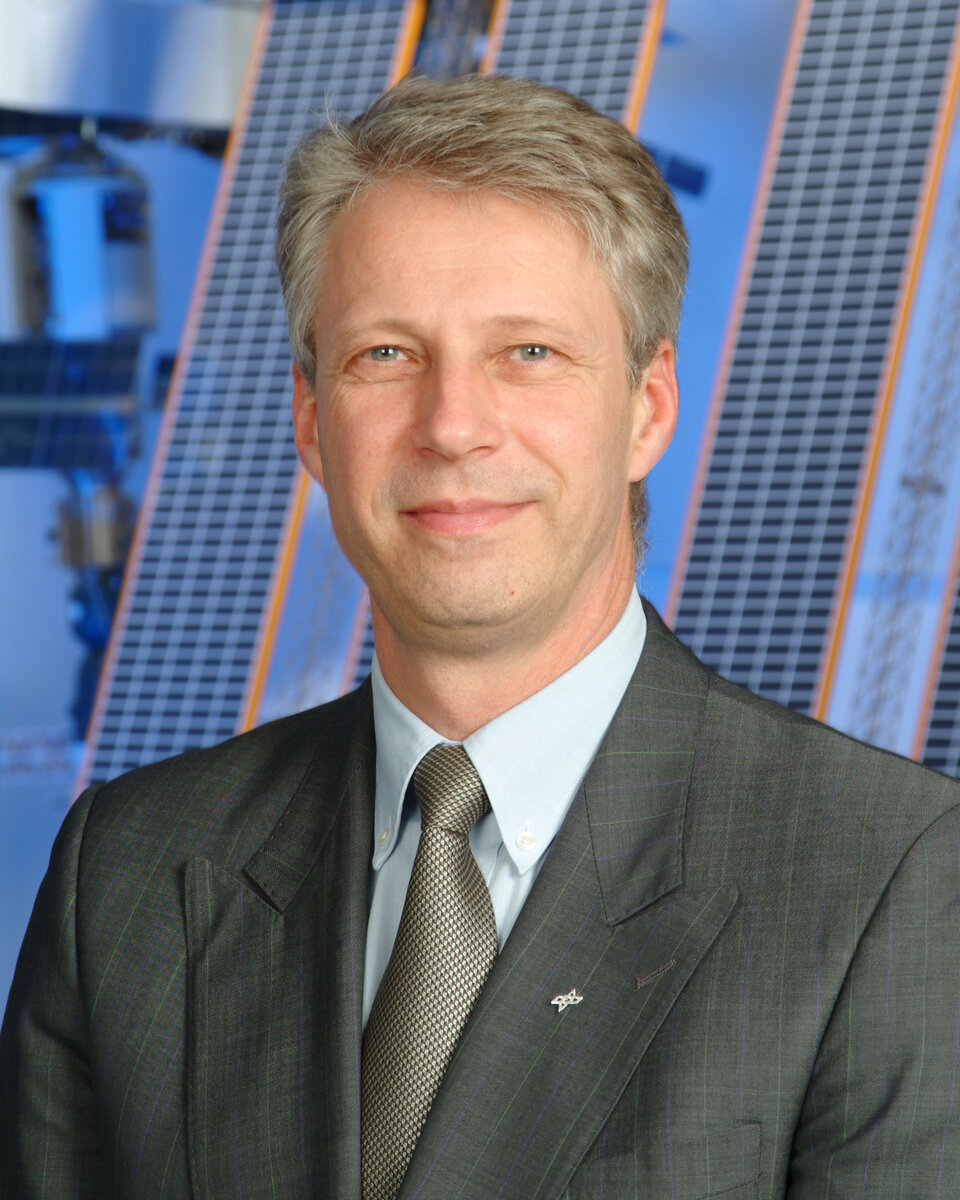
The initiative covers ground-based industrial activities, but also the preservation of near-Earth space in a usable manner. Europe is far from the biggest space polluter – but the problem affects everyone.
ESA’s Director of Human Spaceflight and Operations, Thomas Reiter, underlined the subject’s urgency: “Modern life has become unthinkable without uninterrupted services delivered from space. However, space has become crowded and our spaceflight activities are exposed to increasing risk.”
Debris-avoidance manoeuvres have become routine for International Space Station crews, and the problem is getting worse: low orbit debris levels have increased 50% in the last five years.
Reducing debris from future missions is not enough. Even if all launches ended tomorrow, the total amount of debris is bound to go on increasing.
Four decades ago, NASA space debris expert Don Kessler correctly foretold the ‘Kessler Effect’, observing that, once past a certain critical debris mass, collisions form further debris and lead to more collisions, in a chain reaction.
“The most severe collision in low-Earth orbit to date involved the Iridium-33 and defunct Cosmos-2251 satellites on 10 February 2009,” explained Director Reiter.
“With a relative velocity of 36 000 km/h, the collision left more than 3000 trackable fragments.”
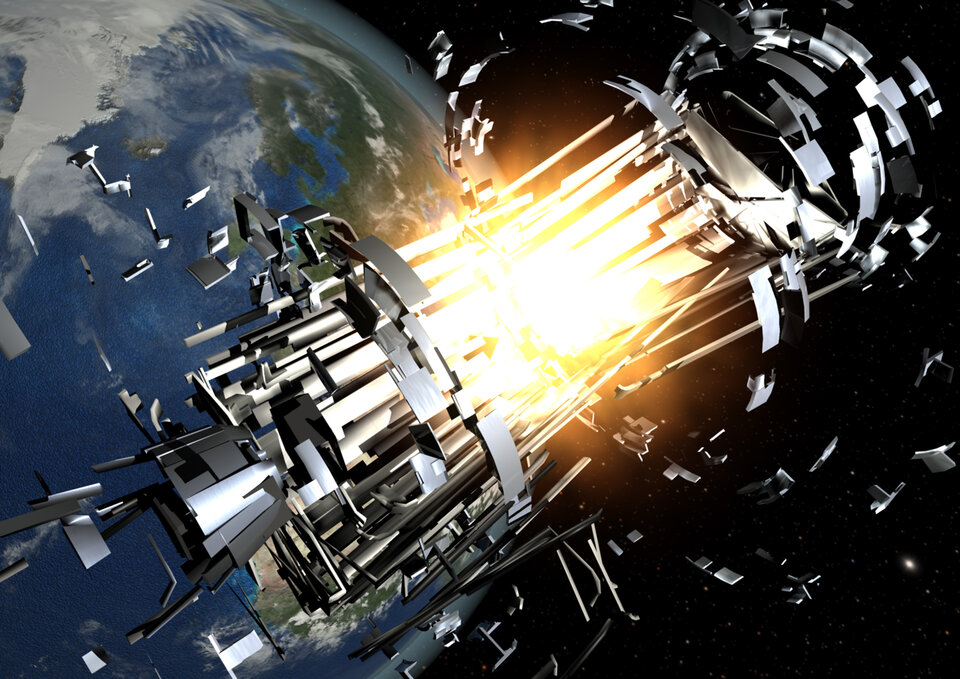
Collisions remain rare for now, but old satellites risk exploding due to leftover fuel or partially charged batteries kept illuminated in orbital sunlight. Such explosions risk driving debris levels to ‘critical density’.
“The only way to overcome this is to intervene and reduce the number of objects in the environment by an active retrieval of decommissioned objects,” the Director added.
“The removal of a large, uncontrolled object is an enormous technological challenge – but by removing on the order of five to 10 such objects per year, it would be possible to control debris growth while normal spacecraft activities could be continued.”
The workshop discussed key technologies required to make such retrieval missions possible:
the ability to approach a tumbling object in a safe manner;
being able to determine its exact position, attitude and motion;
precise relative navigation for the last phases of the approach;
various capture mechanisms depending on the target characteristics;
- the ability to ensure the combined target and retrieval vehicle can reenter safely above uninhabited regions.
ESA’s Automated Transfer Vehicle (ATV) can perform docking and controlled reentry with unprecedented precision, and Director Reiter emphasised that its heritage gives European industry valuable knowhow to begin tackling this problem.
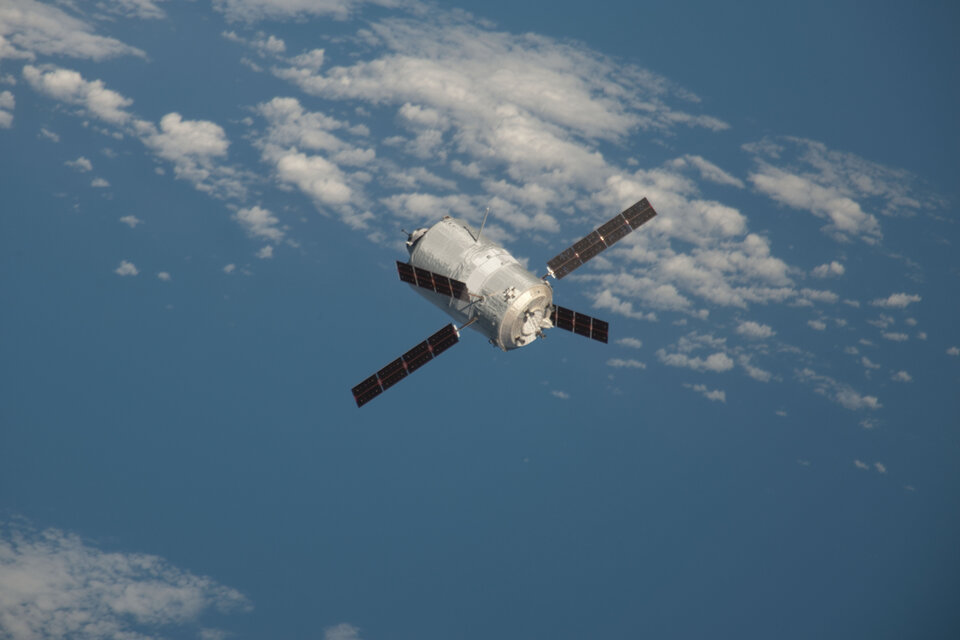
The fifth ATV, flying in 2015, will include experimental optical sensors that could be used for future rendezvous with ‘uncooperative targets’.
The workshop participants agreed there was no single ‘silver bullet’ to tackle all types of debris, but research will continue on multiple fronts, with Clean Space aiming to finalise a prototype mission blueprint for ESA Member States within three years.


